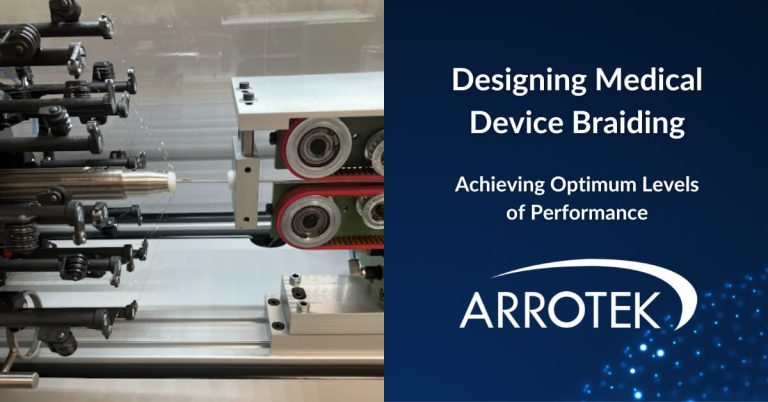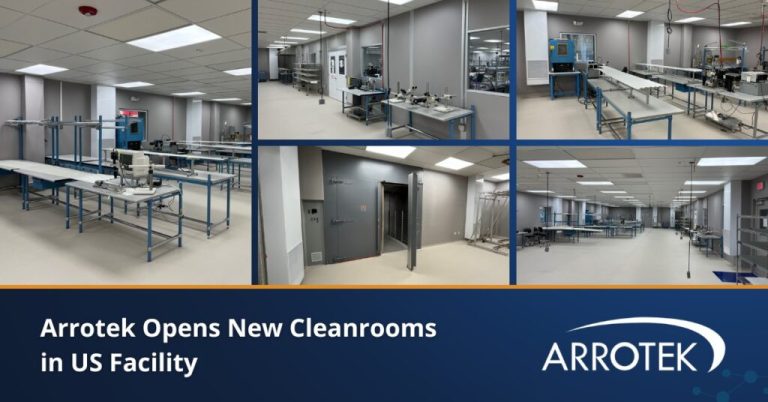Turning an idea for a new medical device into a product that is ready for testing and evaluation is a complex process, particularly if you have never been through it before.
This overview of the medical device design and development process will outline the things you and your design/development team will consider.
In the next blog, we’ll look at the steps and stages you will go through.
Considerations During the Design and Development Process for New Medical Devices
There are many concepts, principles, and requirements that will determine the course of the design process. This includes:
- Regulations
- DFM – Design for Manufacture
- Quality systems
- Testing, verification, and validation
Let’s look at each in more detail.
Regulations
It’s essential in the design and development process to ensure your device meets the regulatory requirements and product standards for all markets it is intended to be sold in.
It’s also important that the design and development process itself adheres to Good Manufacturing Practice (GMP) as this is a regulatory requirement for medical device products.
One thing that is important to note when considering regulations is that while there are many similarities between regulations in different jurisdictions, there are important differences too. Understanding these differences and working through them at the design and product development stage avoids delays in getting the product approved.
Remember, even though there are ongoing efforts to harmonise medical device regulations and standards through organisations like the International Medical Device Regulators Forum, regulations are still enforced, determined, and governed on a national basis.
DFM
Designing a product is very different from designing a product that can be effectively manufactured. Therefore, DFM is the design philosophy that should be used in the development of your product.
In practice, this means giving consideration at the design stage to the practicalities of manufacturing the product. The benefits of doing this include:
- Ensures the product meets your target manufacturing cost
- Creates a higher quality product
- Ensures the manufacturing process is reliable
- Ensures the assembly process is as simple as possible
- Makes sure the device meets all regulatory requirements
Quality Systems
Regulators require new medical device products to follow a quality system through the design and development process. The FDA, for example, requires a quality system to be in place before a product can enter the US market.
For most medical device products, a quality system should have the following components:
- Design controls, i.e. controls in the design stage to ensure the product is safe, is suitable for the use it is intended, and to make sure it meets the needs of the end user as well as your requirements
- Risk management
- Document control
- Supplier management
Testing, Verification, and Validation
Testing, verification, and validation of your new medical device product is a requirement from a regulatory perspective, but it’s also essential from a user/patient safety perspective too.
Other benefits include controlling the cost of development, controlling the cost of manufacturing the product, reducing delays in getting the device to market, anticipating the impact of future changes, and analysing issues when exporting the device.
Therefore, testing, verification, and validation should be considerations throughout the process.
The Process for Designing and Developing Medical Devices
The above outlines the factors a professional and experienced medical device product design and development team will consider when making your idea for a new product a reality. What about the design and development process, though?
We cover this in our next blog: An Overview of the Medical Device Design and Product Development Process. Check it out today.





